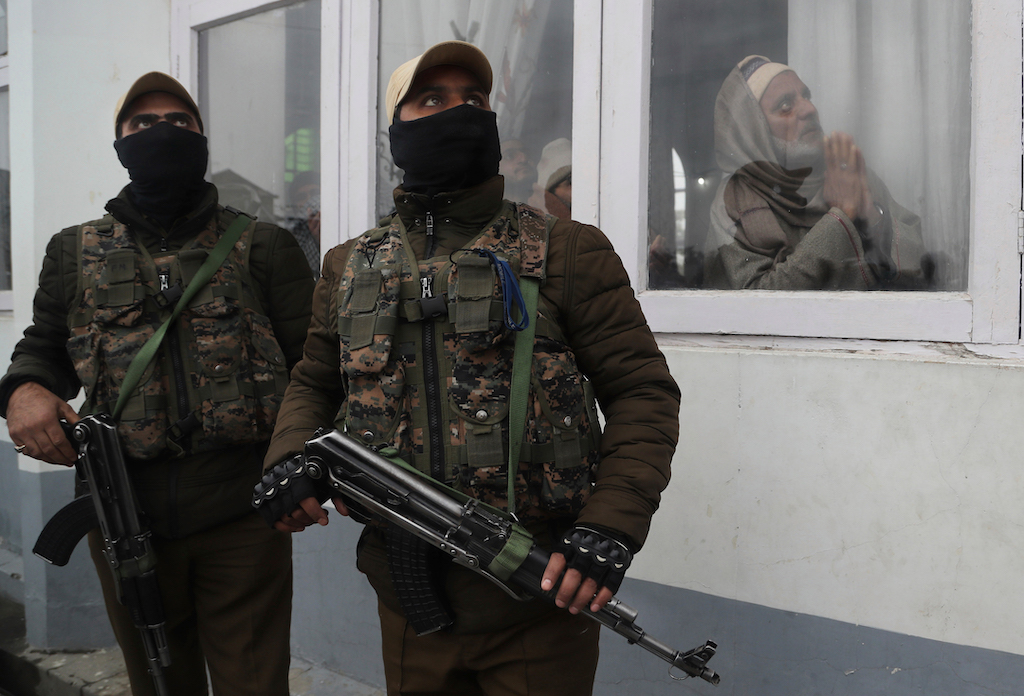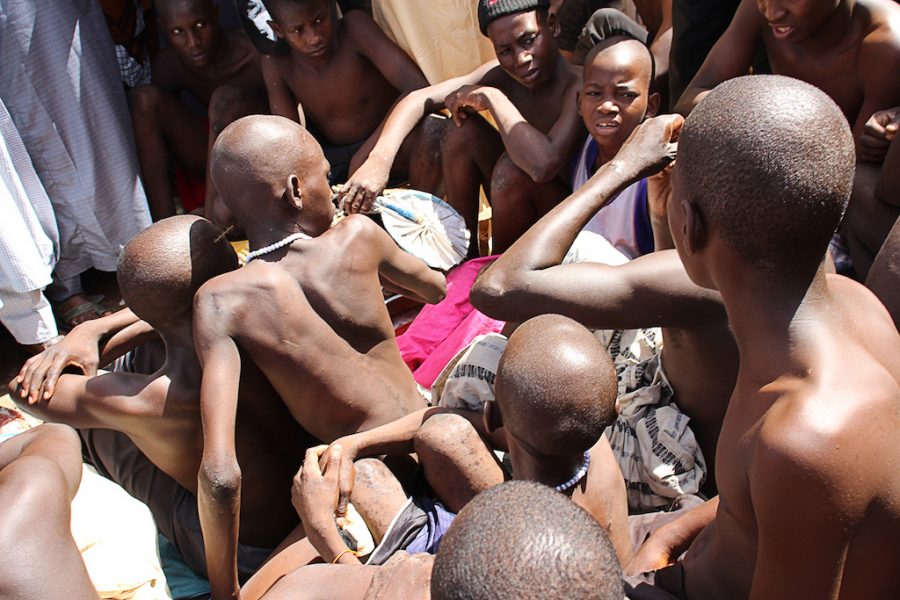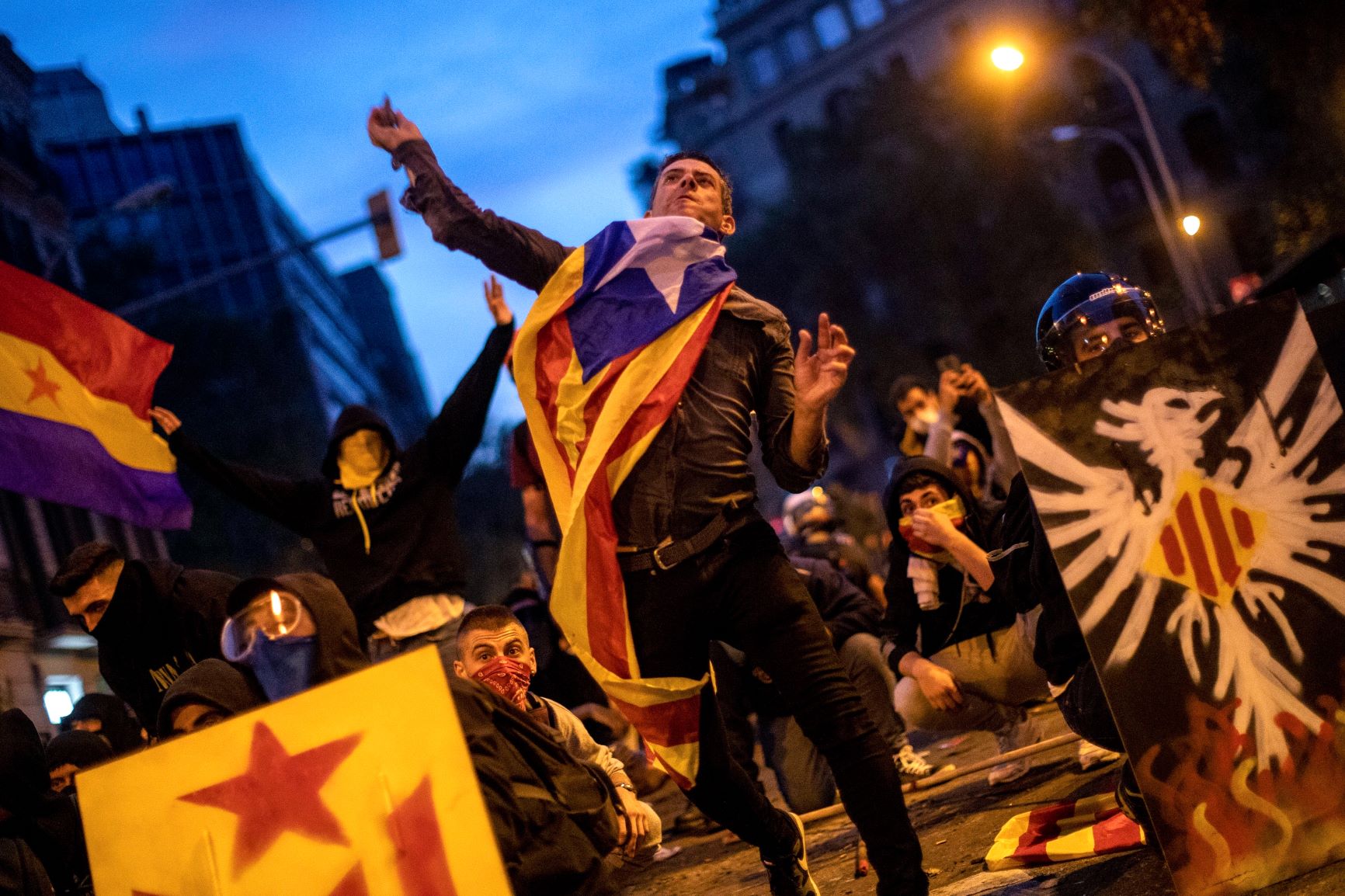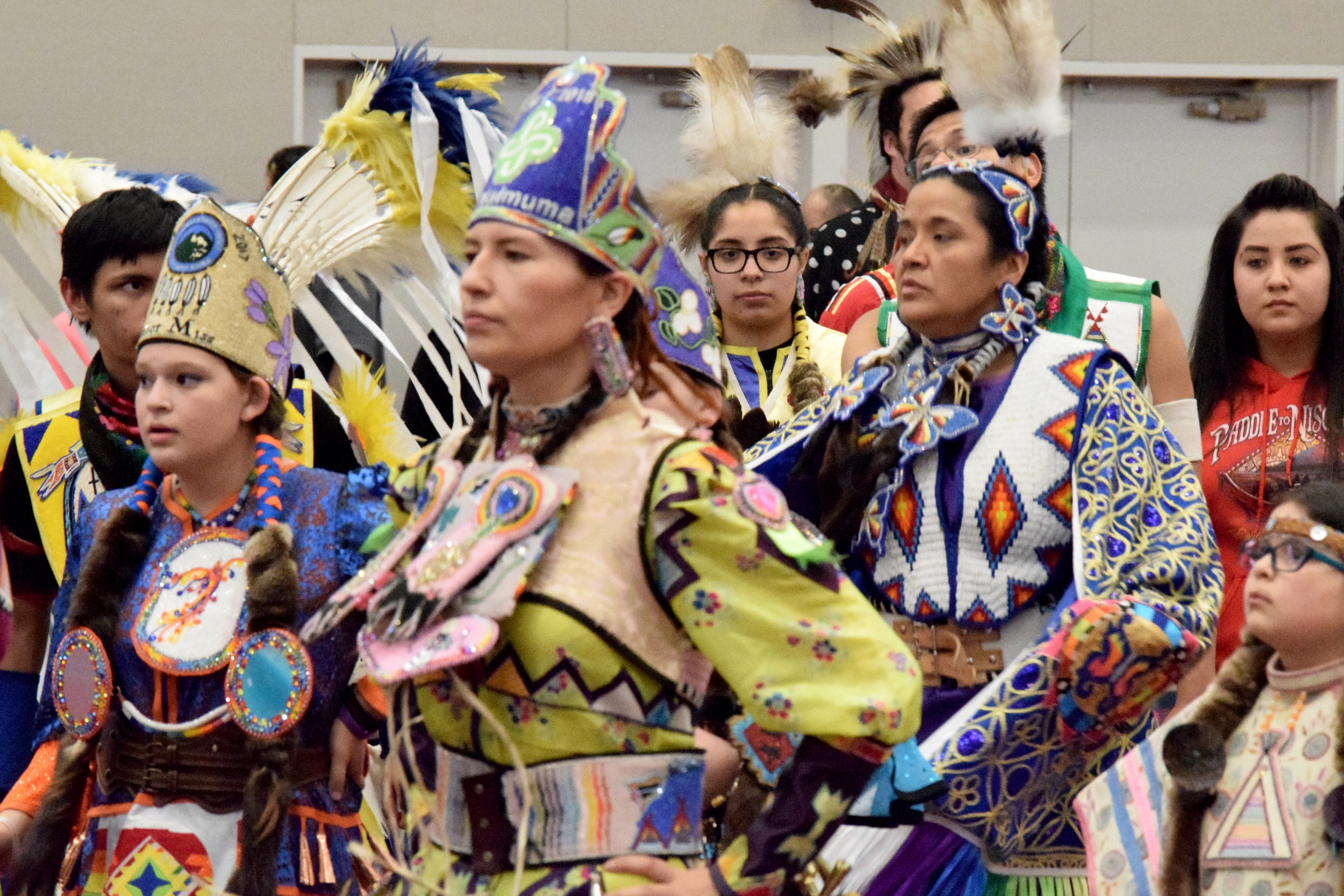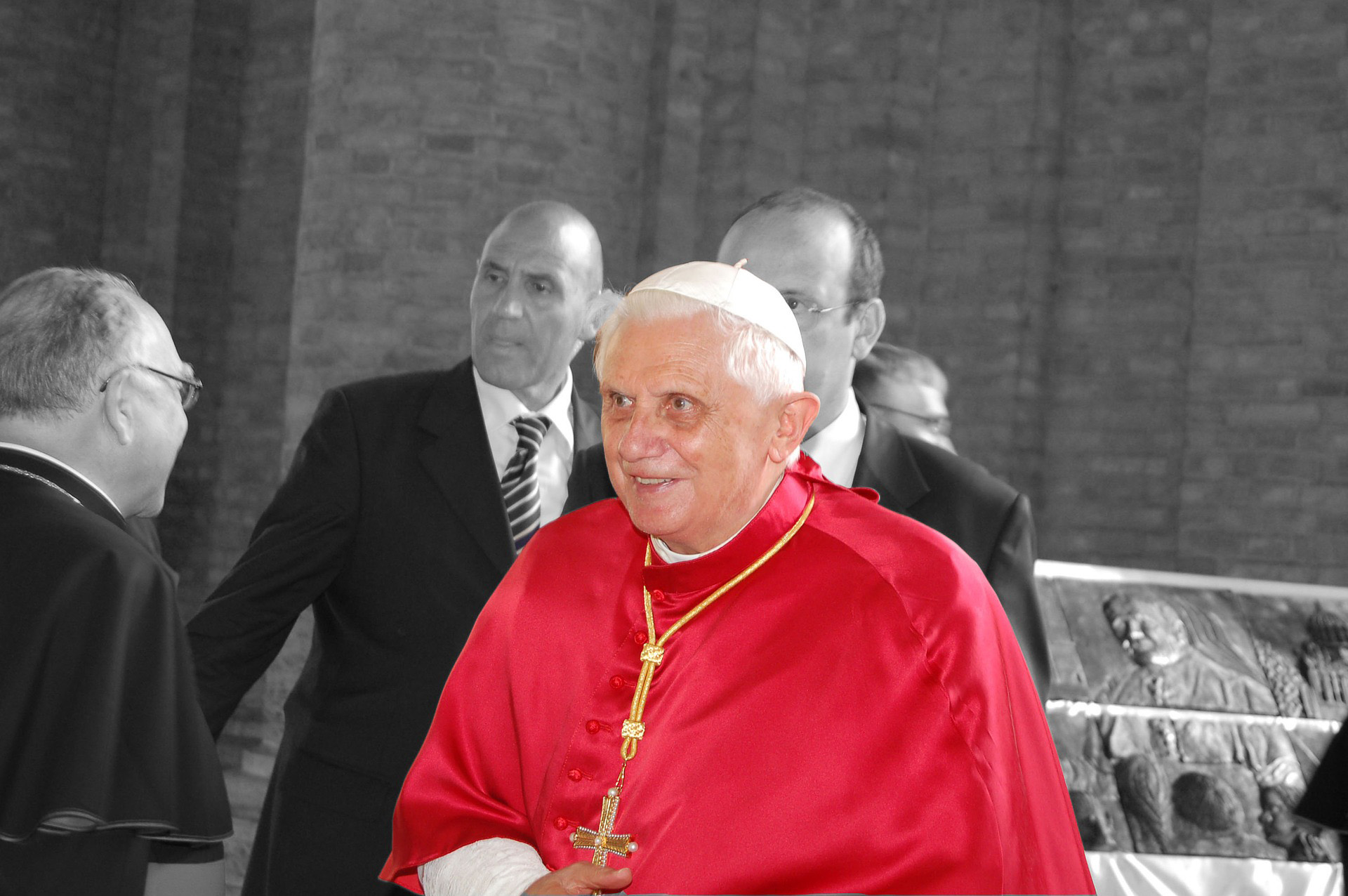Autonomous state status officially revoked
Changes to the Indian Constitution went into effect on Oct. 31, revoking autonomous state status of Indian-administered Kashmir.
After the constitutional changes were first announced in August, the Indian government sent thousands of military troops to Kashmir in order to implement a curfew and communication blackout. Originally, Article 370 granted Indian-administered Kashmir the right to have its own constitution, laws and flag while still being an Indian state.
According to Al Jazeera, with the implementation of the constitutional changes on Oct. 31, the Muslim-dominated region will now be broken up into two territories—known as Kashmir Valley and Jammu—neither of which will retain autonomous state privileges.
The two regions of India-administered Kashmir will be directed by lieutenant governors, Girish Chandra Murmu and Radha Krishna Marthur. Neither region of Kashmir will have its own constitution or flag, but they will have its own elected assembly. The assemblies will serve five-year terms, but the New Delhi government will remain mostly sovereign over the region.
Although officials encouraged people to re-open businesses and return to school, some Kashmiris have decided not to leave their homes—in defiance of the government or out of fear—according to The Washington Post. Over 1.5 million Kashimiri students remain at home and have not returned to school, since the majority of private and public schools remain shut down. Several businesses are also closed, while some are open for only a few hours a day.
The Kashmir valley is the most militarized regions, and several rebels have fought against Indian rule, according to The Washington Post. Militant groups have demanded civilians boycott work and school until the government restores Articles 307 and 35A. Some militant groups have killed people who spoke out in favor of the government.
Five construction workers were taken from their homes in the Kashmiri village of Katrasoo and shot on Oct. 31. Authorities have blamed a militant group who has been speaking out against the constitutional changes since they were announced in August, but no one has taken responsibility for the incident.
“Blood was everywhere,” Abdul Salaam Bhat, the village head of Katrasoo, told The New York Times. “It was as if someone had slaughtered dozens of sheep.”
Indian forces have arrested dozens of Kashmiri citizens in Katrasoo and the surrounding area in response to the attack, but none of those arrested have admitted to being involved in the incident.
In one instance, on Nov. 4, one person was killed and 25 others were injured from a grenade attack in a busy market area in Kashmir. The Washington Post said the attacker was identified as a street vendor from India’s Uttar Pradesh State. Police suspect the attack happened as a way to rebel against Indian rule.
Additionally, by Nov. 4, 10 laborers and truck drivers were killed by gunmen in separate attacks throughout Kashmir. The police suspect and blame the militants for these attacks, according to The Washington Post.
Despite reports from Al Jazeera stating troops in Srinagar fired tear gas and rubber bullets in crowds of protesters and several reported deaths throughout the region, Union Home Minister Amit Shah maintains that “not a single bullet has been fired nor a death reported in Kashmir” since the changes were announced in Aug. 2019.
“I would like to assure [people] the removal of [Articles 370 and 35A] has paved the way for Kashmir’s development,” Shah continued, according to New Delhi Television Limited. “And with this, terrorists in Kashmir have started counting their final days. Congress leaders said in Parliament there will be bloodshed. I would like to tell them, nothing has happened…Kashmir is peacefully on its path to development.”
A five-judge court heard several cases involving petitions which challenged the abrogation of Articles 370 and 35A on Nov. 14. A final hearing involving the petitions is set to occur in India’s Supreme Court on Dec. 10, according to India Today.
“The militants and separatist elements, with the support of foreign forces inimical to India, were taking advantage of the situation and sowing discord, discontent and even secessionist feelings among the populace of the State,” stated one affidavit, which was submitted to the courts, according to Indian-business news outlet LiveMint.

